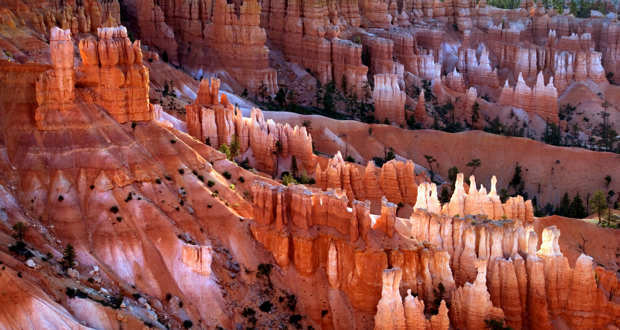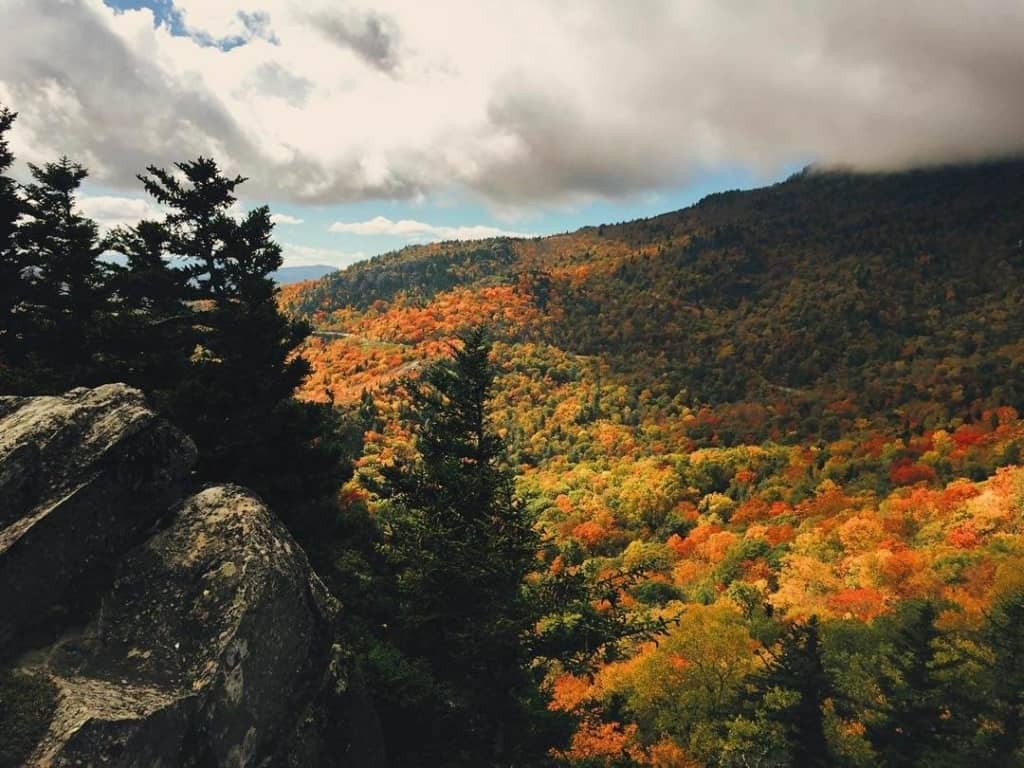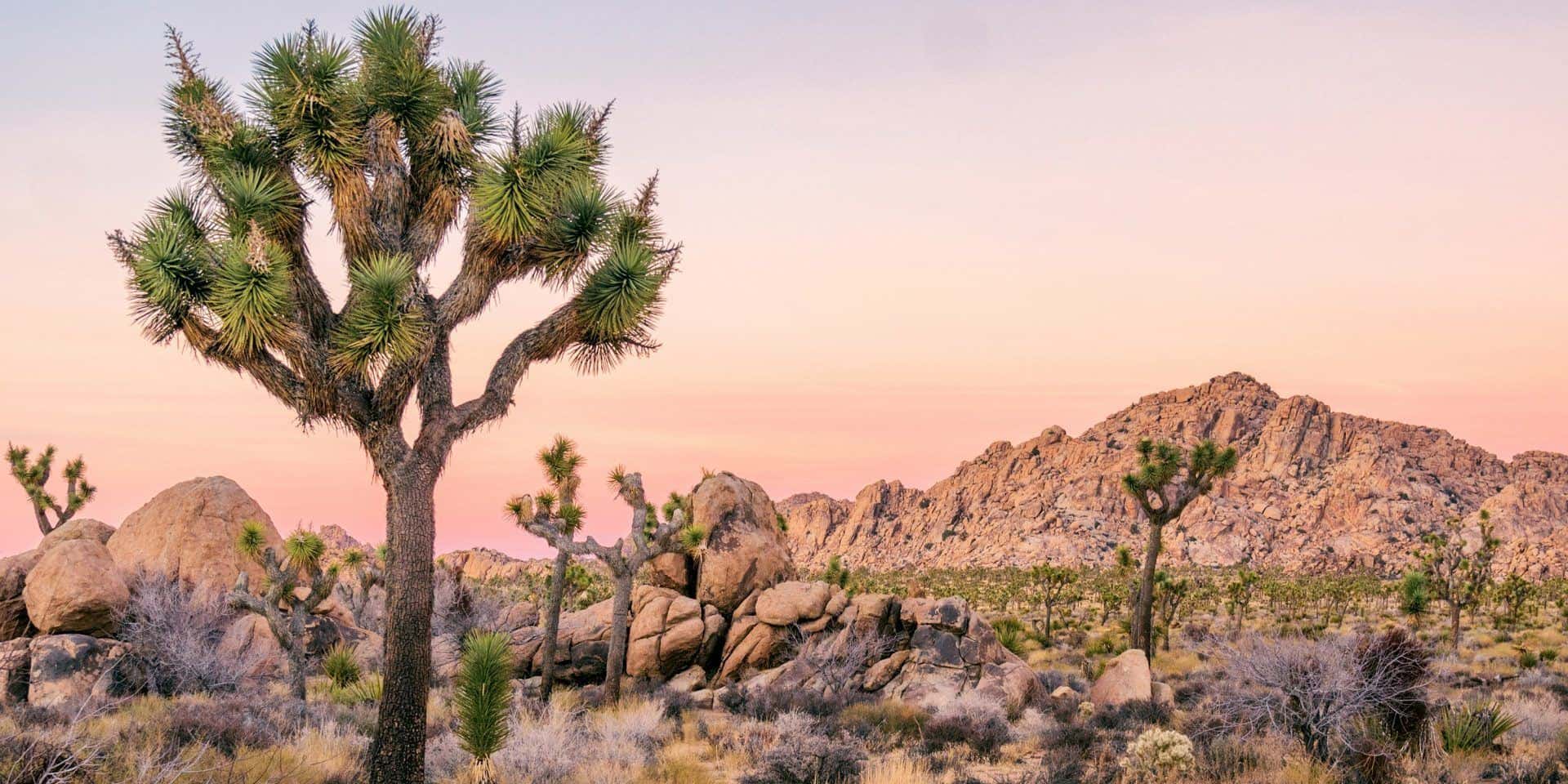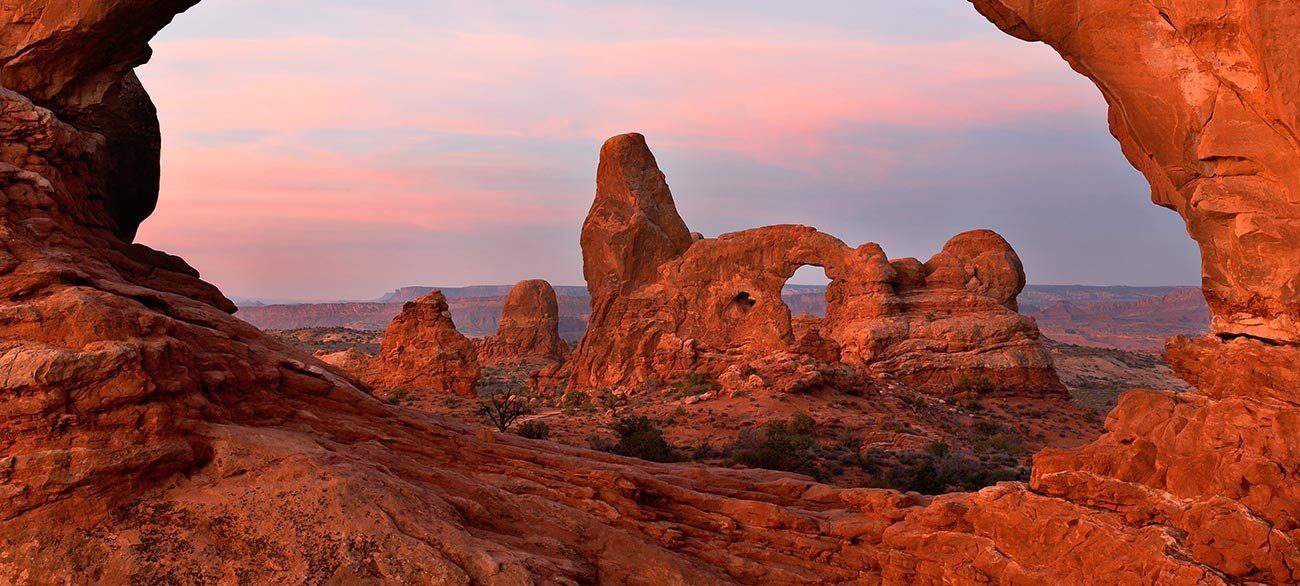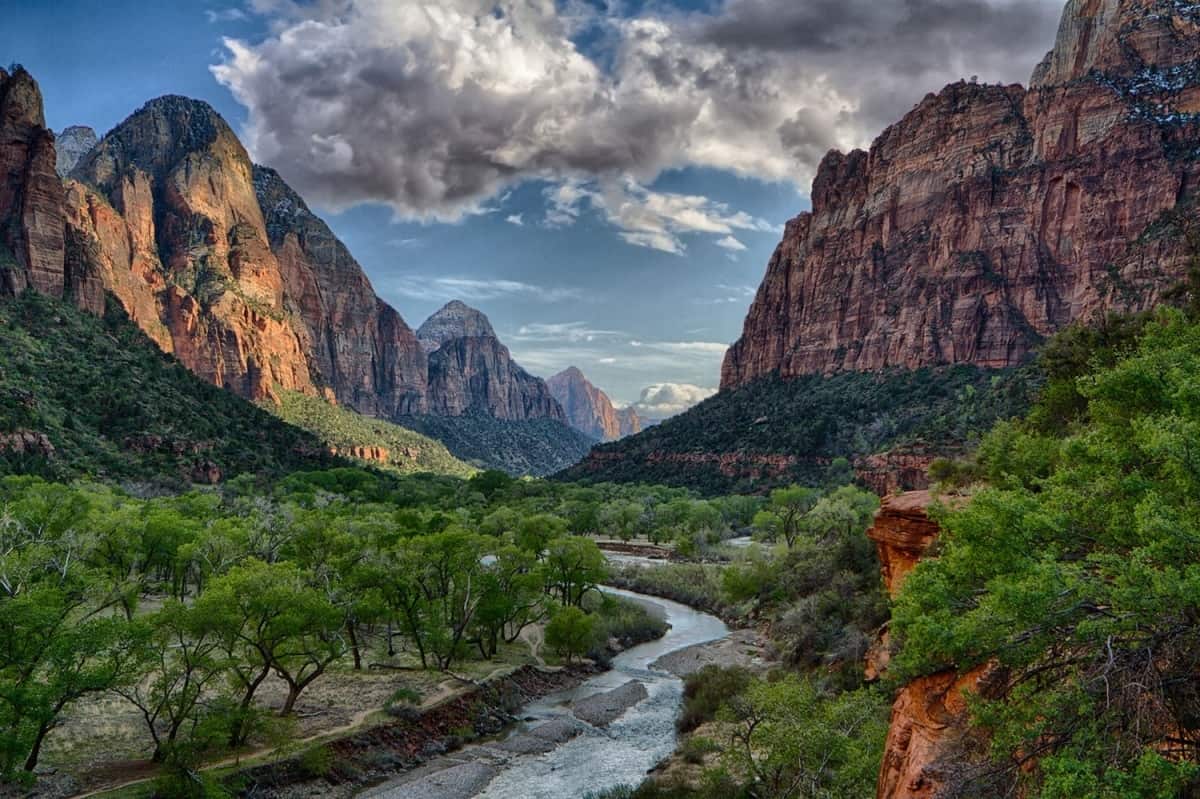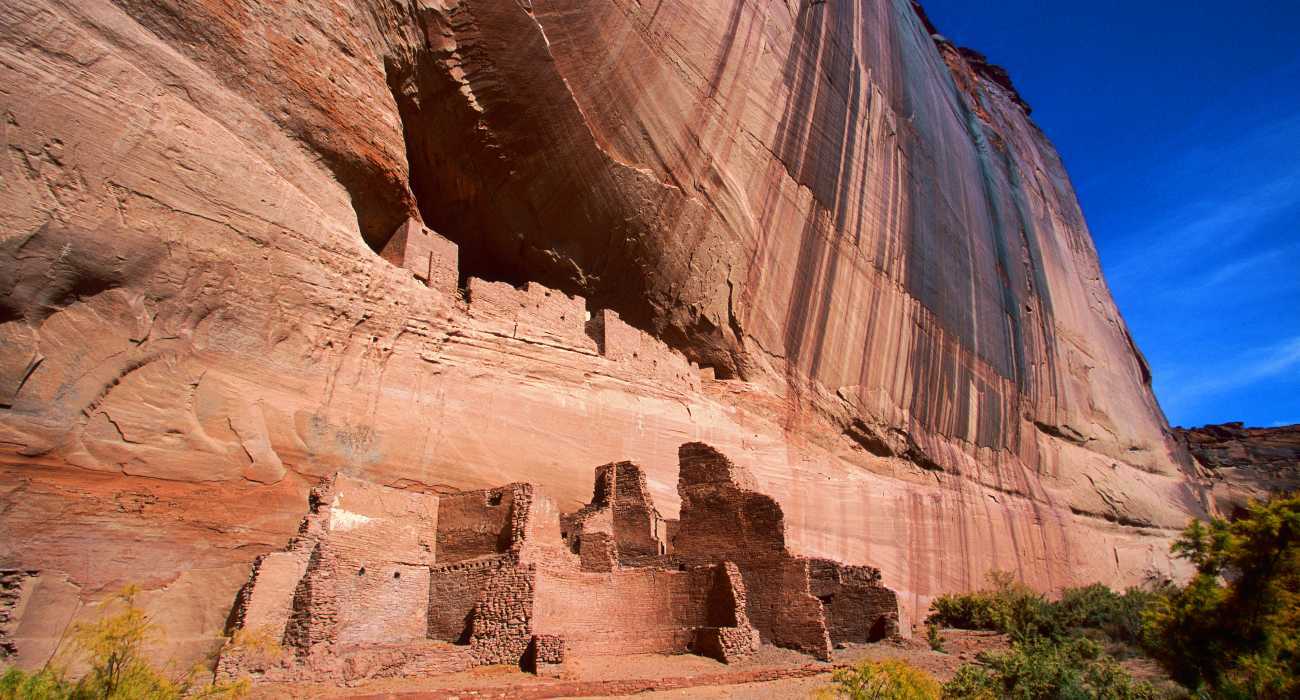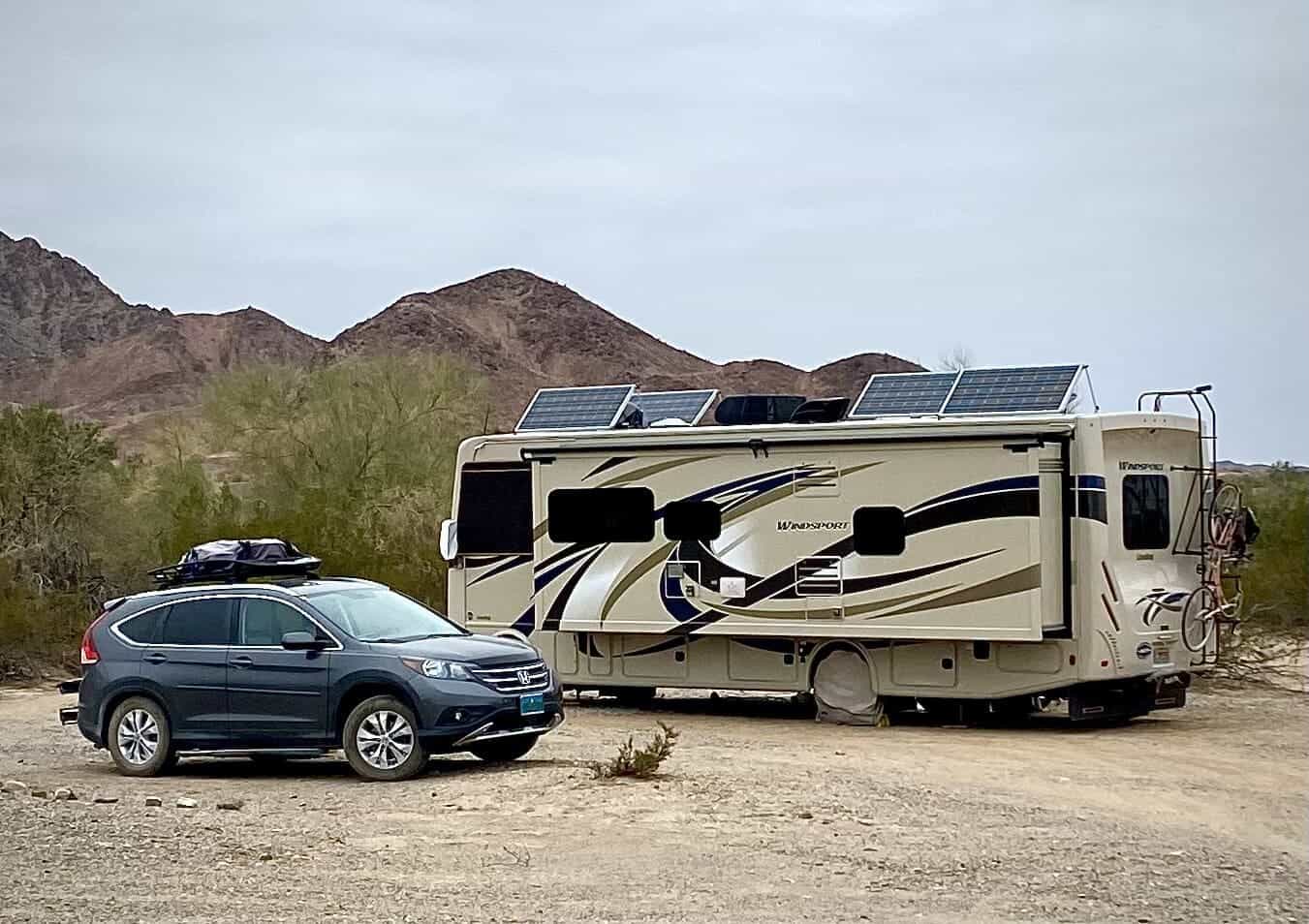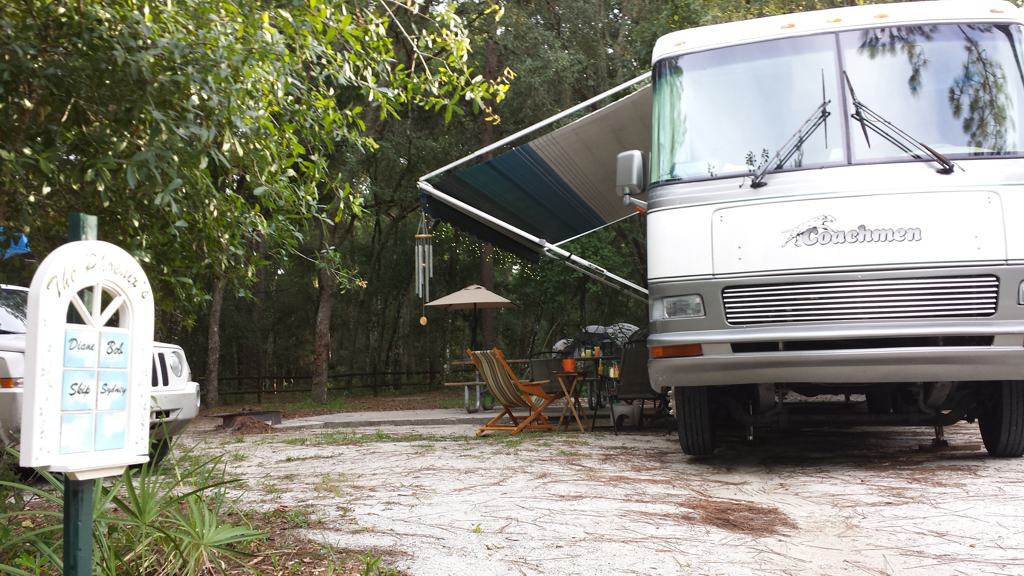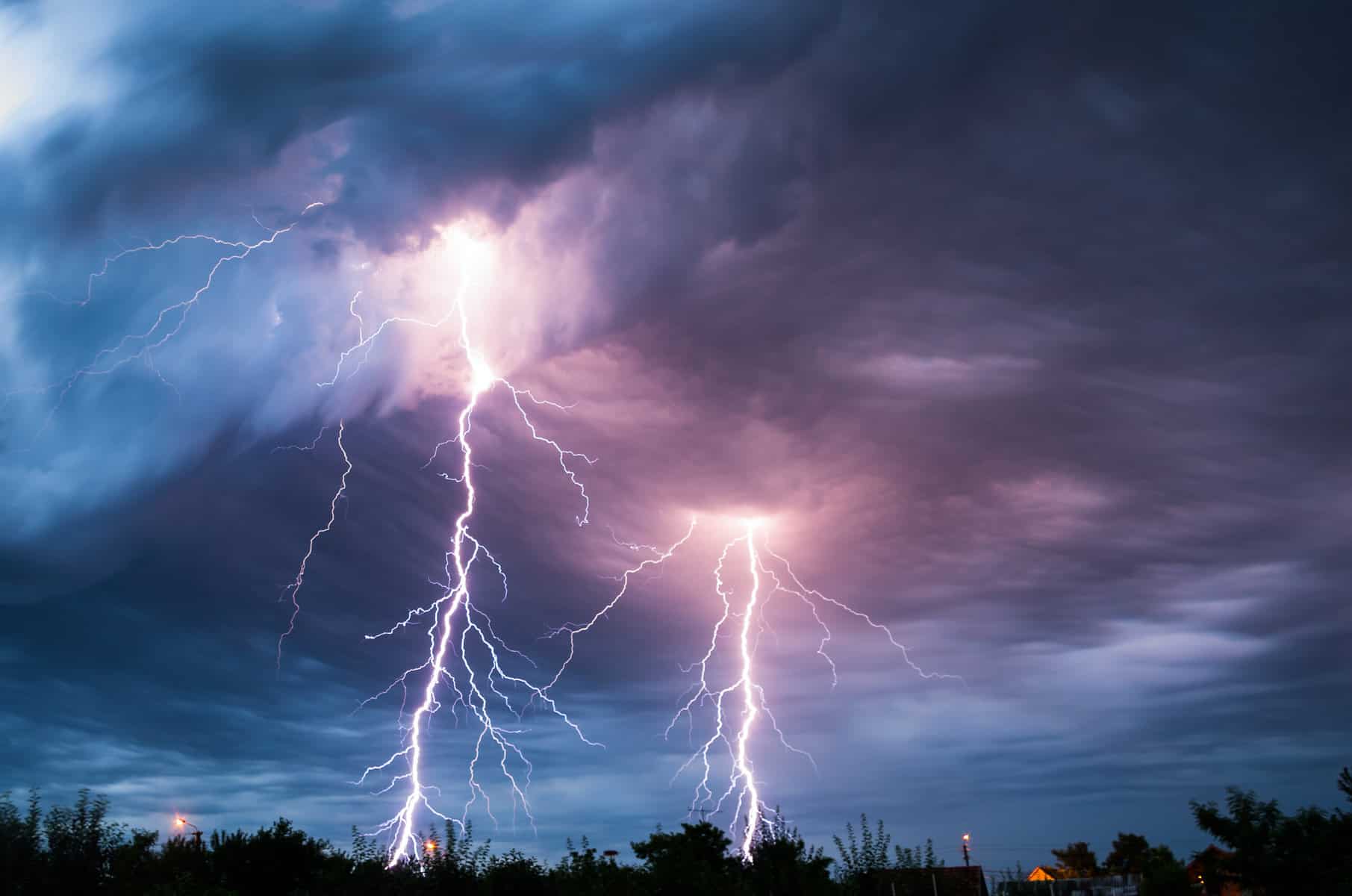The US National Park Service administers a network of nearly 400 natural, cultural, historic, and recreational sites. The selected national parks are great for RVers.
Bryce Canyon National Park, Utah
Erosion has shaped colorful Claron limestones, sandstones, and mudstones into thousands of nature-chiseled spires, fins, pinnacles, and mazes. Collectively called “hoodoos”, these unique formations are whimsically arranged and tinted with colors too numerous and subtle to name.
Bryce Canyon is world-famous for its vibrant red rock spires that shoot hundreds of feet into the air. Known as hoodoos, these totem pole-like formations are collected in a series of horseshoe-shaped amphitheaters that are easily accessible and provide breathtaking views.
While most visitors experience the scenery by car, Bryce Canyon’s magical beauty is best seen on foot. With eight marked trails, most of which can be hiked in less than a day, there are plenty of areas to explore from within.
Great Smoky Mountains National Park, Tennessee and North Carolina
At 6,643 feet, Clingmans Dome is the highest point in the Great Smoky Mountains National Park.
Established in 1934 and featuring 522,427 acres of land, Great Smoky Mountains National Park is a great spot to camp. With over 11 million visitors annually, it is the most visited national park and for good reason, too. One hundred unique waterfalls and cascades, over 800 miles of hiking trails, and the designation of being the salamander capital of North America make this park a must-visit.
Joshua Tree National Park, California
Two desert systems, the Mojave and the Colorado, abut within Joshua Tree, dividing California’s southernmost national park into two arid ecosystems of profoundly contrasting appearance. The key to their differences is elevation.
Two distinct desert ecosystems, the Mojave and the Colorado, come together in Joshua Tree National Park. A fascinating variety of plants and animals make their homes in a land sculpted by strong winds and occasional torrents of rain. Dark night skies, a rich cultural history, and surreal geologic features add to the wonder of this vast wilderness in southern California.
With 8 different campgrounds offering about 500 developed campsites, Joshua Tree offers a variety of options for RVers. There are no hookups for RVs at any campground in Joshua Tree. Black Rock (99 sites) and Cottonwood (62 sites) have RV-accessible potable water and dump stations. At Hidden Valley (44 sites) and White Tank (15 sites) RVs may not exceed a combined maximum length of 25 feet. Additional campgrounds include Belle (18 sites), Indian Cove (101 sites), Jumbo Rocks (124 sites), and Ryan (31 sites).
Arches National Park, Utah
Arches is renown for an awe-inspiring combination of arches, cliffs, stone spires, and other dramatic rock formations.
Visit Arches and discover a landscape of contrasting colors, landforms, and textures unlike any other in the world. The park has over 2,000 natural stone arches, in addition to hundreds of soaring pinnacles, massive fins, and giant balanced rocks. This red rock wonderland will amaze you with its formations, refresh you with its trails, and inspire you with its sunsets.
Devils Garden Campground is located eighteen miles from the park entrance and is open year-round. There are 50 individual camping sites. Facilities include potable water, picnic tables, grills, and both pit-style and flush toilets. There are no showers or RV dump/fill stations.
All sites are usually reserved in advance during the busy season (March through October). As an alternative numerous private campgrounds are available in nearby Moab.
Grand Canyon National Park, Arizona
If you’re seeking a secluded escape to Mother Nature, you should be prepared: The Grand Canyon can be very crowded.
In a list featuring some of America’s greatest national parks and camping spots within, how could we not include the Grand Canyon. Clocking in at 18 miles wide, 277 river miles long, and a mile deep, its size is sure to overwhelm park-goers.
With regards to camping, it is split between the South and North Rims. The southern side is easier to access and by far the most popular, however, during the summer months its popularity causes the canyon to be reserved to capacity. Meanwhile, the North Rim requires more driving and because of higher elevation and heavier snowfall has a very short season.
Zion National Park, Utah
Zion National Park officials are considering a move to require visitors to have reservations to enter the park.
Imagine you’re walking through a gorge 20 feet wide with natural rock walls as high as 1,000 feet. Underneath you lies the Virgin River. At Zion National Park, this isn’t an outdoor fantasy, it’s reality. The Narrows remains one of Zion’s peak attractions driving nearly four million visitors each year. Campers beware, most campgrounds are full by mid-morning and are full in peak months most every night.
Shenandoah National Park, Virginia
Anyone who has listened to John Denver sing about country roads and the Blue Ridge Mountains can easily imagine the transcendent beauty of Shenandoah National Park along the Skyline Drive.
Shenandoah National Park in Virginia may be the nation’s most compelling hikers’ park despite the fact that most hikes begin by either an ascent or descent.
The two-lane Skyline Drive is 105 miles long and it is important for campers who want to begin their explorations of Shenandoah by simply driving. Along the road dozens of pullovers provide views of such spectacles as Old Rag Mountain which contains some of the nation’s oldest rocks. All trails lead to attractions, such as the park’s 15-some waterfalls including 93-foot-high Overall Run Falls, its highest. Or it might lead to Hawksbill, the park’s highest mountain at 4,051 feet.
There are four campgrounds in Shenandoah National Park; three campgrounds will accommodate large RVs. Mathews Arm, Big Meadows, and Loft Mountain all have pull-through and deep back-in sites which can handle an RV with a tow vehicle. There are no hookups for RVs at any campground in Shenandoah but potable water and dump stations are available with the exception of Lewis Mountain.
Canyon de Chelly National Monument, Arizona
The sheer walls, shaped and smoothed by thousands of years of rain and wind, provide a dramatic backdrop for those who still live and farm within the canyon.
A comparatively little-known canyon, Canyon de Chelly has sandstone walls rising up to 1,000 feet, scenic overlooks, well-preserved Anasazi ruins, and an insight into the present day life of the Navajo, who still inhabit and cultivate the valley floor.
The sheer walls, shaped and smoothed by thousands of years of rain and wind, provide a dramatic backdrop for those who still live and farm within the canyon. Archaeologists believe that people have lived here for more than 5,000 years making it the longest continuously inhabited area on the Colorado Plateau. Ancient ruins are tucked along its cliffs, as are centuries-old pictographs.
The northernmost and southernmost edges are accessible from paved roads—the North and South Rim drives. The South Rim Drive offers the most dramatic vistas, ending at the most spectacular viewpoint, the overlook of Spider Rocks—twin 800 foot towers of rock isolated from the canyon walls and a site of special significance for the Navajo.
Cottonwood Campground is located in a shallow valley less than ¼-mile from the visitor center. The campground is large with approximately 100 spacious campsites, plus a large group camping area. During our visit we had no difficulty in finding a suitable site for our 40-foot motorhome.

